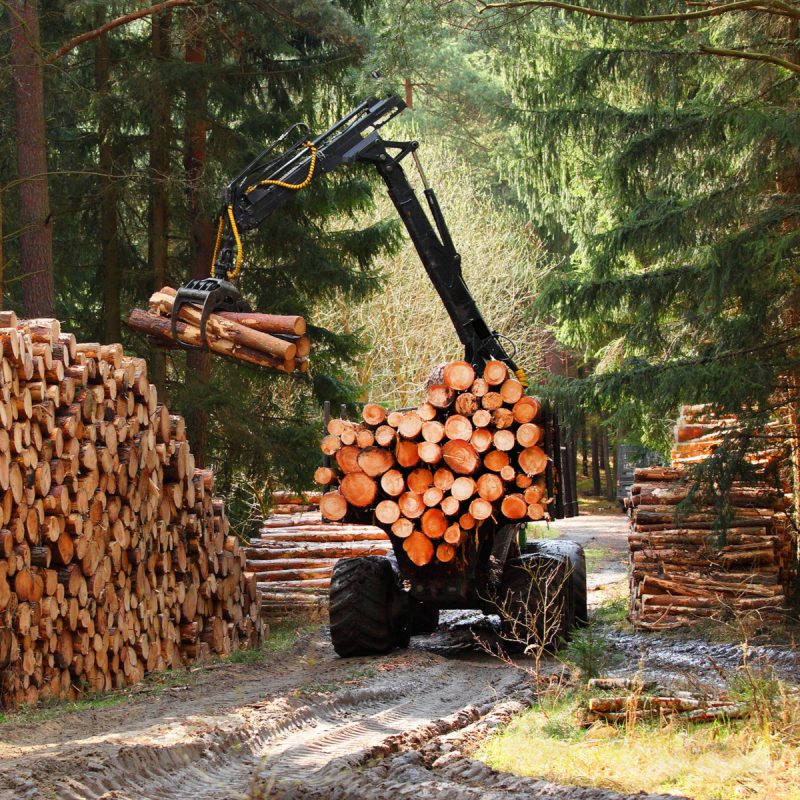America consumes tons of paper. Literally. According to Waste Free Mail, Americans use 90 million tons of paper each year. This consumption creates a huge demand, which the traditional paper industry has always supplied.
But as the country becomes more eco-conscious, people are becoming increasingly aware of the damage the traditional paper industry causes to forests. However, the damage is probably more extensive than you think.
Today, we’ll look at five of the most shocking stats that show just how much the traditional paper industry is damaging forests.
Impact on Elephant Populations
Two elephant species exist, the African and Asian. While the Asian elephant tends to be smaller than its African cousin, both species are similar in how much habitat they require in order to thrive. Additionally, elephants are critical to maintaining forest and savanna ecosystems. Since they’re so large, you can think of elephant herds as landscaping teams that literally prune and clean up the environment in which they live.
The forests that these elephants reside in (especially the Asian elephant) are quickly disappearing due to a myriad of factors, and the traditional paper industry is largely to blame. Thanks to large-scale deforestation, elephants are losing critical habitats. This leads to increased contact between elephants and humans, and a plummeting elephant population worldwide.
This is all the result of the traditional paper industry clear-cutting forests for paper production.
30 Million Acres Destroyed Annually
The most shocking statistic regarding the traditional paper industry’s impact on forests is its role in the 30 million acres of forestland that are destroyed each year. It’s estimated that 40% of all commercially harvested timber is used in the paper industry.
To put that in perspective, the entirety of the United States National Forest Service system includes 190 million acres of land. If the 30 million acres of forestland were harvested directly from the National Forest land here in the US, we’d eradicate all of our forests in under seven years.
Soil and Water Pollution
Pulp and paper mills are responsible for paper production. These mills are often located near forests, the source of their materials. This makes sense because it reduces transportation costs and increases profit margins for paper companies.
However, when pulp is discharged during the traditional paper making process, it contains a lot of very nasty ingredients, such as lignin, alcohol, and inorganic matter like chlorinated metal.
Since pulp and paper mills are located within forests, these harmful byproducts are discharged directly into the soil and water within the forest. So, not only are the forests being clear cut to provide for the traditional paper industry, they’re also being poisoned by the same activity.
Global Warming
Though it may not be apparent at first, global warming does impact our forests. Whether it’s through habitat changes or massive wildfires, forests are directly impacted by a warming planet.
The traditional paper industry isn’t blameless in this regard. The traditional paper industry’s tree harvesting activities disrupt the natural cycle of trees absorbing CO2, the most potent greenhouse gas.
Jeopardizing Forest Futures
All the actions of the traditional paper industry jeopardize the future of our forests worldwide. From habitat loss to global warming, losing forests affects parts of our everyday lives. The habitat loss means less room for animals to live, which inevitably leads to species extinction. Especially in America, where we have such a rich heritage of outdoor recreation, we have to do our part to keep forests alive for future generations.
What We’re Doing
Double A Paper is doing its part to create a sustainable paper industry. Our entire paper production process is sustainable – we even use the discharge from the pulping process to create renewable energy. To learn more about what Double A is doing to foster a worldwide attitude of sustainability, click here.

